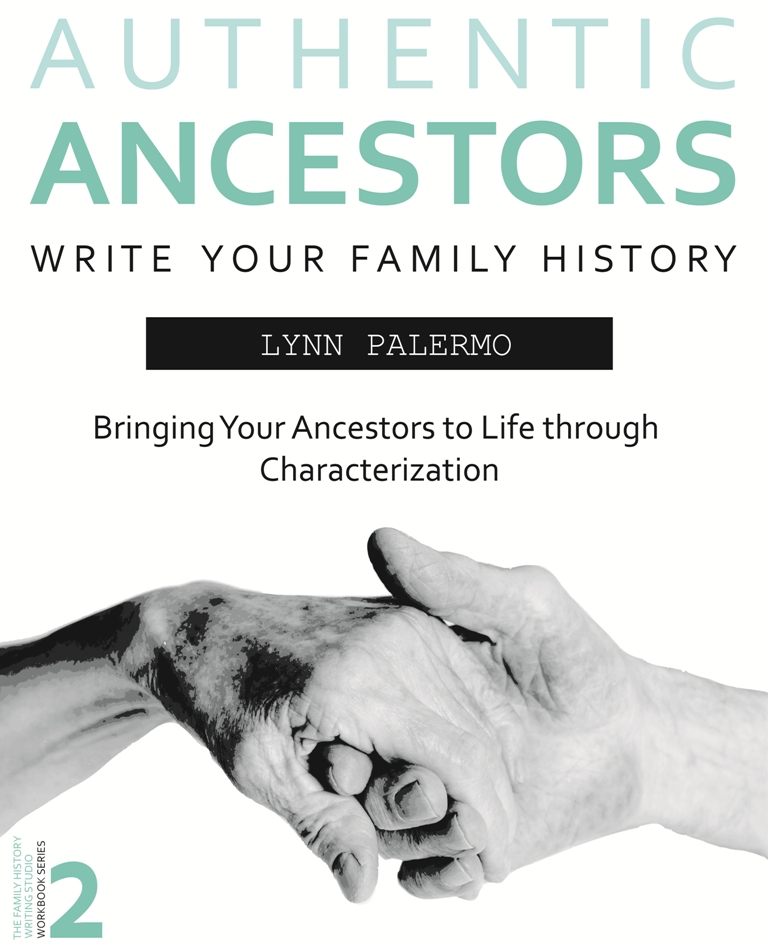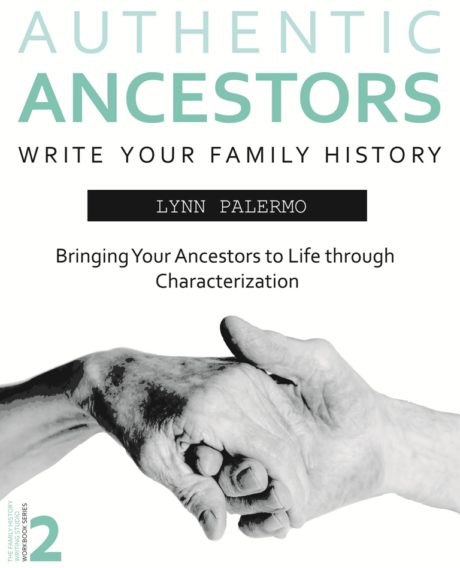When we write our family history stories one of our primary goals is to bring our reader and our ancestors closer together. Our goal is to help our reader to emotionally connect with our ancestor. There are five ways we can help make this happen in our family history stories.
The 5 ways we are going to cover involve both interior and exterior characterization. If you try to merge all five into your story when describing an ancestor, you’ll have a three-dimensional ancestor.
What is a three-dimensional ancestor? This is an ancestor that comes to life on the page for your reader. It is an ancestor that appears alive and real and standing in front of us and not lifeless and flat. It is an ancestor that your reader can connect with, through physically being able to see them in their mind’s eye, but all being able to connect with them emotionally. It involves using both interior and exterior characterization to bring our ancestor to the page.
Exterior characterization is achieved by showing your ancestor’s behaviour towards other people, their attitude to their surroundings and their physical characteristics.
Interior characterization involves using their thoughts about themselves and other people to help us to understand who they are.
We can tell or show the reader about aspects of our ancestors’ personalities and lives. We want both. We do this by showing them interacting with their surroundings, their body language and with dialogue.
1. Telling: Tell the reader who your ancestor is and what he or she does.
Example: Henry loved to wear a cowboy hat.
2. Showing: Allow your ancestor’s actions to show the reader their character.
Example: Henry headed out the door of his 5th Avenue Manhattan apartment. He grabbed his white cowboy hat from the table by the door. Pushing his sandy brown hair from his forehead, he eased the hat on his head and checked his reflection in the mirror.
3.Thinking: You can show an ancestor by allowing the reader to see the thoughts behind their actions and words. What an ancestor thinks about can help explain a great deal about them.
Example: Pushing his sandy brown hair from his forehead, Henry eased the hat on his head and checked his reflection in the mirror. Although he had been in the city for more than a year, he just couldn’t part with his cowboy hat. Besides, the ladies loved it.
4.Others: You can show us who your ancestor is by how he or she treats other people and the way others treat him.
Example: Your ancestor may be treated with reverence, fear or even hate. She may be treated with gentleness or insignificance. His or her prejudices and beliefs will also affect the way he or she handles others. Perhaps they show hatred for others different from themselves, religion, appearance, their class in society.
5.The Outside World: We can use the way our ancestor looks at the world around them to allow us a glimpse into their state of mind.
Example: A content ancestor sees the first winter’s snowfall as beautiful. An unhappy ancestor may be depressed by the freezing cold temperatures and being confined to indoors. The images and words you choose to create the world around your ancestor can help shape your ancestor’s mood according to his or her viewpoint.
When you incorporate showing, telling, thinking, how your ancestor treats others and how they act and react to the outside world you have a better chance of bringing your ancestor to the page. As a result, your reader is more likely able to get to know your ancestor, seeing them in their mind’s eye but also emotionally connecting with them.
Painting a Picture with Characterization
Authentic Ancestors Workbook – Bringing Your Ancestors to Life through Characterization

